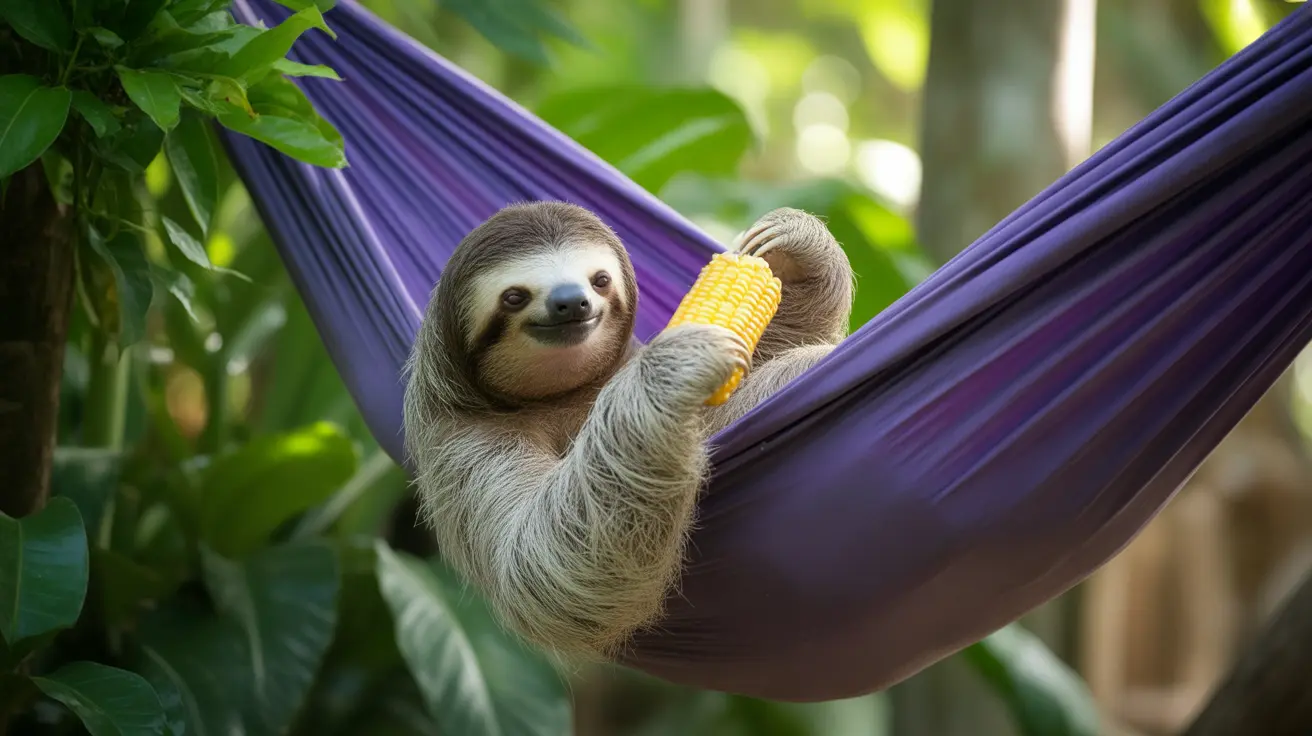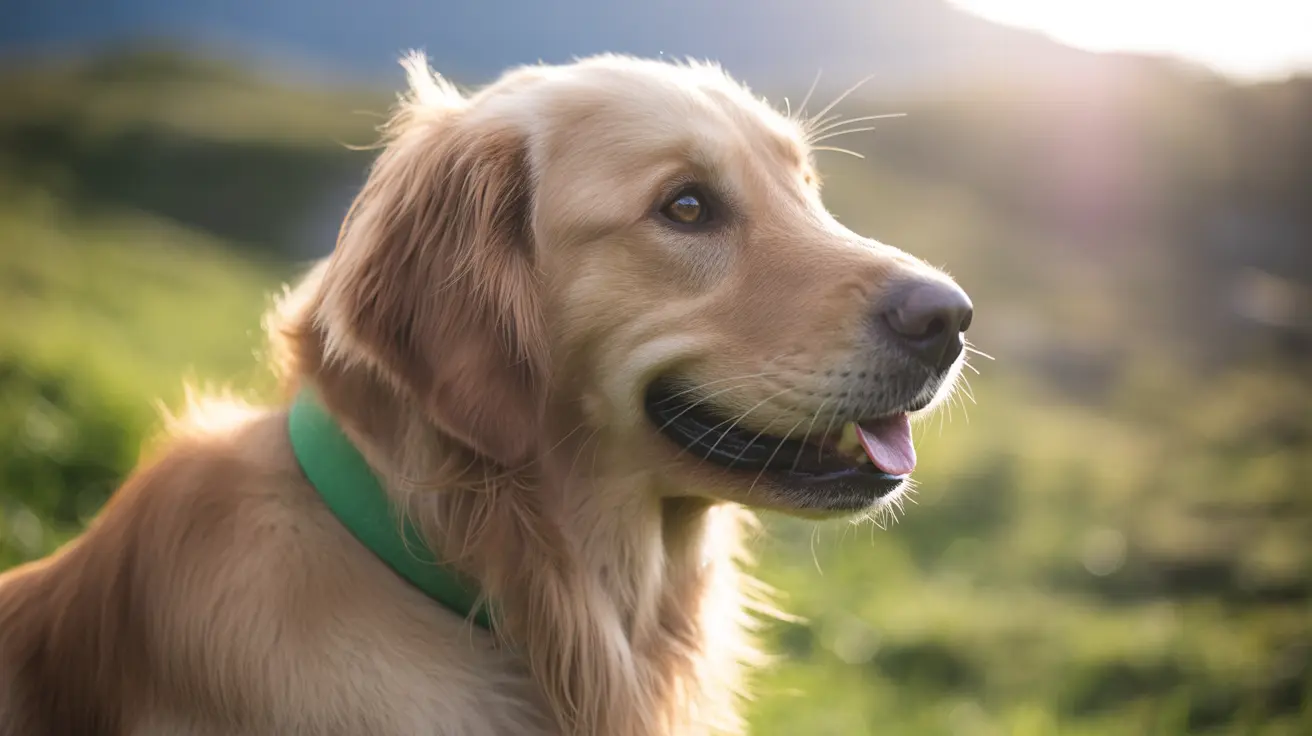As Florida braces for an unexpected temperature drop, wildlife facilities across the state are implementing critical protocols for keeping pets warm in cold weather and protecting exotic animals from cold stress. Wild Florida, a prominent wildlife sanctuary and attraction, is taking comprehensive measures to ensure their diverse animal population remains safe and comfortable during the approaching cold snap.
The sudden temperature change poses unique challenges for Florida's wildlife facilities, which house animals from various climates and species with different cold tolerance levels. From native Florida species to exotic animals more accustomed to tropical conditions, each requires specialized care during these rare but potentially dangerous weather events.
Florida Winter Animal Welfare Protocols
Wildlife facilities like Wild Florida must implement extensive cold weather protection measures when temperatures threaten to drop below safe levels for their animals. These facilities house everything from native birds and reptiles to exotic species that may have never experienced such cold conditions in their natural habitats.
The preparation process involves multiple teams working to assess each animal's specific needs based on their species, age, health status, and natural cold tolerance. Staff members conduct thorough facility inspections to ensure all heated animal enclosures Florida-wide are functioning properly and backup systems are ready for deployment.
Cold Stress in Exotic Pets and Wildlife
Understanding the signs and risks of cold stress in exotic pets is crucial for both professional facilities and pet owners. Reptiles, including iguanas, are particularly vulnerable to temperature drops due to their cold-blooded nature and reliance on external heat sources for thermoregulation.
Iguana Cold Snap Behavior and Protection
During cold weather events, iguanas may exhibit specific behaviors that signal distress. These large reptiles often become lethargic and may even fall from trees when temperatures drop too rapidly. Wildlife facilities address this by providing heated enclosures and monitoring these animals closely for signs of cold-induced health issues.
Thermoregulation in Birds Florida Facilities
Birds require special attention during cold snaps, as different species have varying abilities to regulate their body temperature. Native Florida birds may have some cold adaptation, but exotic species housed in wildlife facilities need additional protection through heated perches, windbreaks, and supplemental nutrition.
Protecting Pets From Cold Florida Weather
Pet owners across Florida can learn valuable lessons from professional wildlife facilities' cold weather preparations. The key principles of animal shelter cold snap preparations apply to home pet care as well.
Increased Pet Food Cold Weather Requirements
During cold weather, animals burn more calories to maintain their body temperature. Professional facilities often increase food portions and provide higher-calorie diets to help animals generate internal heat. Pet owners should consult with veterinarians about potentially adjusting their pets' food intake during extended cold periods.
Creating Heated Animal Enclosures
For outdoor pets or those in unheated areas, creating warm microclimates becomes essential. This might include providing insulated shelters, heating pads designed for pets, or bringing temperature-sensitive animals indoors during the coldest periods.
Wildlife Cold Weather Adaptations
Native Florida species have developed various survival strategies for occasional cold weather, though their adaptations may be limited compared to animals from consistently colder climates. Understanding these natural responses helps facility managers and pet owners provide appropriate supplemental care.
Sea Turtle Cold-Stunning Prevention
Marine facilities must be particularly vigilant about sea turtle cold-stunning, a condition where sea turtles become incapacitated by cold water temperatures. Prevention involves monitoring water temperatures and having rehabilitation protocols ready for affected animals.
Manatee Warm Water Refuge
Manatees naturally seek manatee warm water refuge in springs and power plant discharge areas during cold weather. Facilities housing these gentle giants must ensure their water systems maintain appropriate temperatures year-round.
Professional Cold Weather Care Standards
Wildlife facilities follow strict Florida animal facility cold protocols that include temperature monitoring, emergency heating systems, and staff training for cold weather emergencies. These protocols serve as excellent models for pet owners preparing their own animals for unusual weather events.
The comprehensive approach taken by facilities like Wild Florida demonstrates the importance of proactive planning and multiple backup systems to ensure animal welfare during extreme weather events.
Frequently Asked Questions
How can I keep my pets warm during an unexpected cold snap in Florida?
Provide insulated shelters for outdoor pets, consider bringing temperature-sensitive animals indoors, and ensure they have access to fresh, unfrozen water. For reptiles and exotic pets, maintain appropriate heating systems and monitor them closely for signs of cold stress.
What are common signs of cold stress in exotic pets like iguanas or turtles?
Watch for lethargy, decreased appetite, difficulty moving, and in severe cases, loss of coordination. Reptiles may become completely immobile or appear to be in a stupor when too cold. Immediate warming and veterinary attention may be necessary.
Should I increase my pet's food intake when temperatures drop, and why?
Animals may require additional calories during cold weather to maintain their body temperature, but dietary changes should be made gradually and ideally under veterinary guidance. The increased energy helps fuel their internal heating mechanisms.
What special precautions do wildlife facilities like Wild Florida take to protect animals during freezing temperatures?
Professional facilities implement comprehensive protocols including heated enclosures, backup heating systems, increased food rations, constant temperature monitoring, and specialized care plans for each species based on their cold tolerance levels.
How do native Florida animals, such as birds and manatees, naturally adapt to cold weather?
Native birds may fluff their feathers for insulation and seek sheltered areas, while manatees migrate to warm water sources like natural springs. However, even native species have limited cold tolerance and may need human intervention during extreme weather events.






